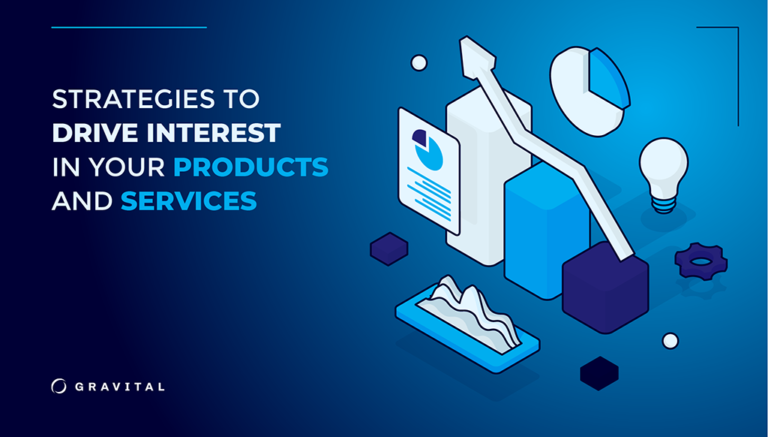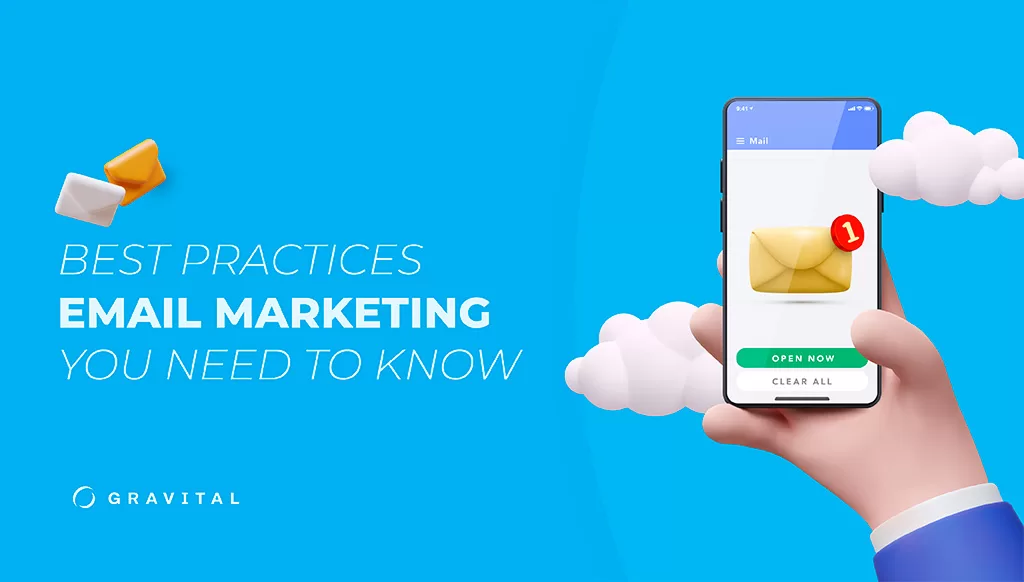The ability to generate and sustain consumer demand is a fundamental aspect of successful marketing and sales. Creating and executing effective strategies to stimulate demand is a must for any business aiming for growth and longevity.
Consumer Demand
Consumer demand refers to the desire and willingness of consumers to purchase products or services. It’s not merely about the need for a product but also about the desire for it driven by factors such as perceived value, quality, price, brand perception and market trends.
Successful demand generation strategies can create a strong interest in a product or service, which can then translate into sales and long-term customer loyalty.
READ ALSO: MARKETING AND CONSUMER TRENDS TO WATCH FOR IN 2024
Top 10 Tips to Boost Consumer Demand
There are a number of effective strategies for generating consumer demand. Here are the top 10:
1. Understand Your Target Market
The first step in generating demand is knowing your target audience. Do your homework. Identify the needs, preferences, pain points and motivations of your existing and potential customers.
2. Offer High-Quality Products/Services
Create and develop high-quality products and/or services that align with the needs and expectations of your target market.


3. Position Your Brand
Position your brand in a way that resonates with your target audience. This process involves developing a unique brand identity and voice that sets you apart. Nike’s brand positioning, for instance, speaks to ambition and achievement.
4. Set Competitive Prices
Pricing significantly influences consumer decision-making. Competitive pricing doesn’t mean being the cheapest option; it means offering the best value proposition. Consider both the quality of your product/service and the pricing strategies of your competitors when setting your prices.
5. Create a Sense of Urgency
One of the most effective strategies in generating consumer demand is creating a sense of urgency that compels action. This approach plays on the natural human tendency to respond to time-sensitive situations. Urgency can be cultivated through limited-time offers, countdown timers or exclusive deals available only to the first few customers.
6. Optimize Customer Experience
Focus on delivering an exceptional customer experience at every touchpoint. A positive experience can convert first-time buyers into loyal customers and brand advocates.
OPTIMIZING USER EXPERIENCE: A CLEAR-CUT PATH TO INCREASED CONVERSIONS
7. Use Various Digital Marketing Channels
Make use of search engine optimization (SEO), content marketing, social media, video, email marketing, paid online advertising and other digital marketing channels to reach and engage potential customers.
8. Leverage Social Proof
Social proof can significantly influence purchasing decisions by building trust and credibility. Whenever possible, use customer reviews, testimonials and case studies. Amazon product reviews are a prime example of how social proof can drive demand.
9. Spruce up Your Content Marketing
Develop and distribute valuable, relevant and consistent content to attract and engage potential and existing customers. This strategy helps in establishing authority and thought leadership in your sector.
10. Monitor Results
No matter which demand-generation tactics you use, it’s important to track and measure your results so you can continue to improve your efforts. By understanding what’s working and what’s not, you can adjust your approach as needed to ensure you’re always generating consumer demand.
Common Mistakes To Avoid
Generating consumer demand is a nuanced process, and missteps can often lead to less than desirable outcomes. Recognizing and avoiding these common pitfalls is important in order to develop and execute a successful demand generation strategy.


Here are some of the frequent errors brands make:
- Lack of Market Understanding
One of the biggest mistakes companies make is to try to generate consumer demand without thoroughly understanding their target market. Brands sometimes launch products or marketing campaigns based on assumptions rather than solid market research. This oversight can lead to messaging that doesn’t resonate with the target audience or, worse, ignores their actual needs and preferences. - Overpromising and Underdelivering
In an effort to create buzz, companies sometimes overpromise what their products or services can deliver. They raise consumers’ expectations only to disappoint them when the product/service fails to live up to the hype. Marketing messages should always match the actual value and experience the product/service offers. - Ignoring Customer Feedback
Failing to take advantage of customer feedback is a missed opportunity in refining marketing strategies. Customer feedback, whether positive or negative, provides invaluable insights into what works and what doesn’t. Ignoring this feedback can result in repeated mistakes and alienation of the target audience. - Inconsistent Brand Messaging
Consistency in brand messaging across all channels is necessary in order to boost demand. Inconsistent messaging can confuse potential customers and dilute the brand’s identity. This inconsistency usually stems from a lack of a clear and well-defined brand strategy. - Neglecting the Customer Journey
Focusing solely on the acquisition without considering the entire customer journey can be detrimental. To build a relationship with consumers and increase demand, brands need to engage with them at various touchpoints, nurturing their interest and guiding them towards making a purchase. - Relying Too Heavily on Discounts and Promotions
While promotions are effective in generating short-term demand, over-reliance on them can be harmful in the long run. It can devalue the brand and condition customers to make purchases only when there are discounts, which can hurt profitability. - Not Adapting to Market Changes
The market is constantly evolving, and strategies that worked yesterday might not be effective today. Brands that fail to adapt to changing market dynamics, consumer preferences and technological advancements risk falling behind their competitors.
By being aware of these common mistakes, companies can refine how they approach demand generation and make sure that their strategies are well-informed, customer-centric and aligned with their overall objectives.
In conclusion …
Generating consumer demand is a continuous, multifaceted endeavor requiring a strategic blend of market understanding, quality offerings, effective branding and personalized engagement.
To learn more about how to amplify consumer demand for your products or services, talk to us.


